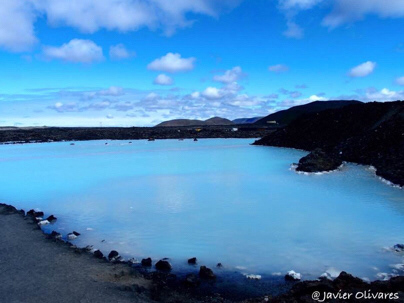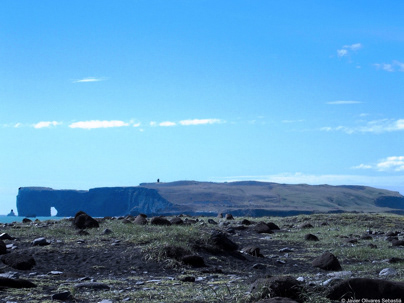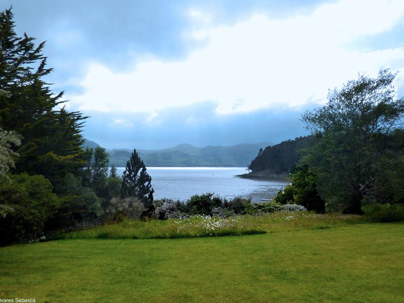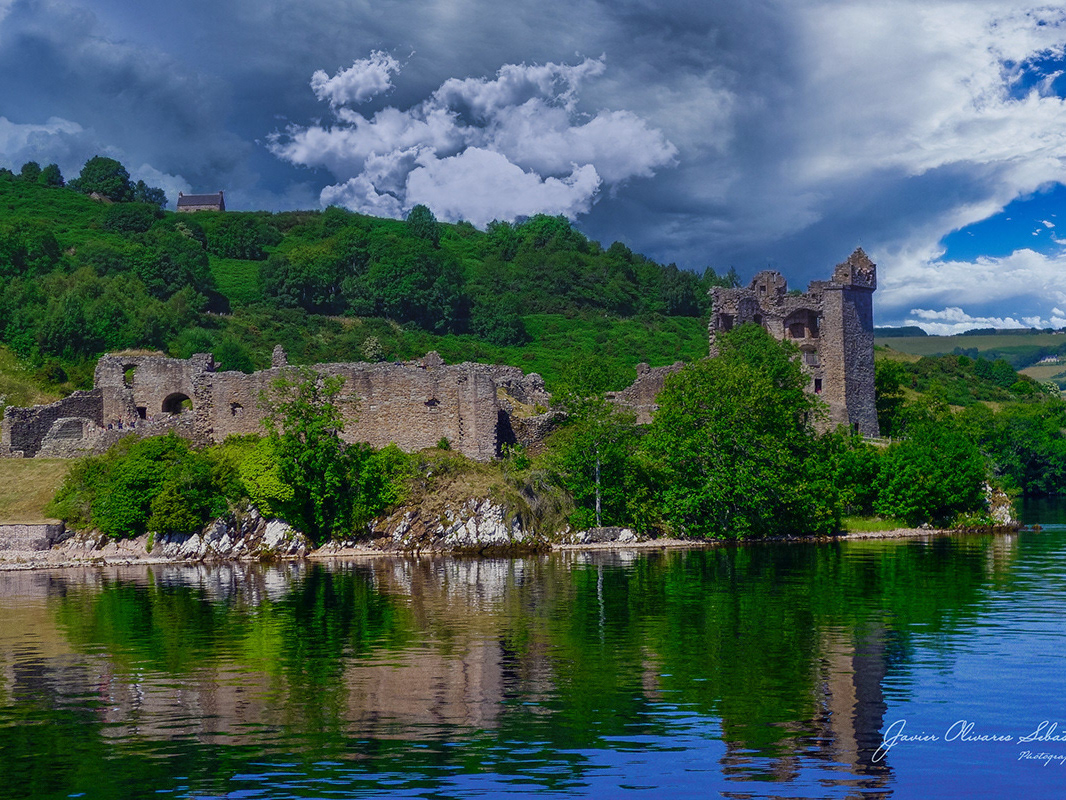La Historia del Museo de Bellas Artes de Valencia
Hablar de la Historía del Museo de Bellas Artes de Valencia, es hablar de la historia de la pintura, es hablar de los autores más destacados a través de la historia del Arte en general y del arte valenciano en particular.
Artistas españoles y europeos se dan cita aquí, en el que ha sido y será centro de la actividad artística y cultural de la ciudad de Valencia.
El Museo de Bellas Artes de Valencia es la segunda pinacoteca pública española, después del
Museo de El Prado de Madrid.
The History of the Valencia Museum of Fine Arts
To speak of the History of the Museum of Fine Arts in Valencia is to speak of the history of painting, it is to speak of the most outstanding authors through the history of Art in general and of Valencian art in particular.
Spanish and European artists come together here, in what has been and will be the center of artistic and cultural activity in the city of Valencia.
The Museum of Fine Arts of Valencia is the second Spanish public art gallery, after the
El Prado Museum in Madrid.
To speak of the History of the Museum of Fine Arts in Valencia is to speak of the history of painting, it is to speak of the most outstanding authors through the history of Art in general and of Valencian art in particular.
Spanish and European artists come together here, in what has been and will be the center of artistic and cultural activity in the city of Valencia.
The Museum of Fine Arts of Valencia is the second Spanish public art gallery, after the
El Prado Museum in Madrid.
Cuando entras al mundo del arte, entras en el reino de la religión, te guste o no.
Piensas en algunas de las obras de arte más famosas del mundo: los mármoles del Partenón, los budas de Bamiyan, La última cena, la Mezquita Azul…
queda bien claro lo mucho que la historia de la religión ha impregnado la propia historia del arte.
El arte es un componente de la cultura, reflejando en su concepción las bases económicas y sociales, y la transmisión de ideas y valores, inherentes a cualquier cultura humana a lo largo del espacio y el tiempo.
When you enter the art world, you enter the realm of religion, whether you like it or not.
You think of some of the most famous works of art in the world: the Parthenon marbles, the Bamiyan Buddhas, The Last Supper, the Blue Mosque ...
it is clear how much the history of religion has permeated the history of art itself.
Art is a component of culture, reflecting in its conception the economic and social bases, and the transmission of ideas and values, inherent in any human culture throughout space and time.
You think of some of the most famous works of art in the world: the Parthenon marbles, the Bamiyan Buddhas, The Last Supper, the Blue Mosque ...
it is clear how much the history of religion has permeated the history of art itself.
Art is a component of culture, reflecting in its conception the economic and social bases, and the transmission of ideas and values, inherent in any human culture throughout space and time.
El Colegio de San Pío V, actual Museo de Bellas Artes y sede de la Real Academia de San Carlos,
fue fundado por el arzobispo Juan Tomás de Rocabertí para formación de sacerdotes.
Proyectado por Juan Pérez Castell en 1683, su ejecución se demoró hasta bien entrado el siglo XVIII.
Está compuesto por dos partes: el colegio y el templo.
El primero es de planta cuadrangular dispuesto alrededor de un claustro, y sus dos torres en la fachada que se asoma al rio Turia le dan un cierto aspecto de alcázar, como era frecuente entonces en los monasterios y en ciertos palacios de la ciudad.
En dicha fachada destaca el almohadillado de las esquinas, en forma de puntas de diamante, los frontones alternados rectos y curvos que coronan las ventanas, las cornisas y los remates de jarrones y globos.
The College of San Pío V, current Museum of Fine Arts and headquarters of the Royal Academy of San Carlos,
It was founded by Archbishop Juan Tomás de Rocabertí for the formation of priests.
Designed by Juan Pérez Castell in 1683, its execution was delayed until well into the 18th century.
It is made up of two parts: the school and the temple.
The first one has a quadrangular plan arranged around a cloister, and its two towers on the façade that overlooks the Turia river give it a certain aspect of a fortress, as was common then in monasteries and in certain palaces in the city.
In this façade, the cushioning of the corners stands out, in the form of diamond points, the alternating straight and curved pediments that crown the windows, the cornices and the tops of vases and balloons.
It was founded by Archbishop Juan Tomás de Rocabertí for the formation of priests.
Designed by Juan Pérez Castell in 1683, its execution was delayed until well into the 18th century.
It is made up of two parts: the school and the temple.
The first one has a quadrangular plan arranged around a cloister, and its two towers on the façade that overlooks the Turia river give it a certain aspect of a fortress, as was common then in monasteries and in certain palaces in the city.
In this façade, the cushioning of the corners stands out, in the form of diamond points, the alternating straight and curved pediments that crown the windows, the cornices and the tops of vases and balloons.
El Patio del Embajador Vich
El Patio del Embajador Vich es un Claustro renacentista, hecho con mármol de Génova, construido hacia el 1525 en el palacio de Jerónimo Vich y Valterra de la ciudad de Valencia, embajador de Fernando el Católico en Roma.
El Patio del Embajador Vich es un Claustro renacentista, hecho con mármol de Génova, construido hacia el 1525 en el palacio de Jerónimo Vich y Valterra de la ciudad de Valencia, embajador de Fernando el Católico en Roma.
Es uno de los primeros edificios renacentistas de la península ibérica, estilo que se introdujo desde Valencia.
The Vich Ambassador's Courtyard
The Patio of the Ambassador Vich is a Renaissance Cloister, made with Genoa marble, built around 1525 in the palace of Jerónimo Vich y Valterra in the city of Valencia, ambassador of Fernando the Catholic in Rome.
It is one of the first Renaissance buildings on the Iberian Peninsula, a style that was introduced from Valencia.
The Patio of the Ambassador Vich is a Renaissance Cloister, made with Genoa marble, built around 1525 in the palace of Jerónimo Vich y Valterra in the city of Valencia, ambassador of Fernando the Catholic in Rome.
It is one of the first Renaissance buildings on the Iberian Peninsula, a style that was introduced from Valencia.
El Claustro.
El conjunto original del Colegio Seminario de San Pío consta de iglesia y claustro cuadrangular en torno a un patio.
Se levantó a instancias del Arzobispo de Valencia, Inquisidor General y Virrey del reino de Valencia, Fray Juan Tomás de Rocabertí, para albergar los clérigos regulares menores. Se levantó un edificio que emulase los palacios urbanos de la ciudad con dos torres gemelas y fachada ornamentada. Posteriormente, el edificio ha sido objeto en su devenir histórico de sucesivas adecuaciones a nuevos usos, rehabilitaciones y ampliaciones.
The Cloister.
The original set of the Seminary College of San Pío consists of a church and a square cloister around a courtyard.
It was raised at the request of the Archbishop of Valencia, General Inquisitor and Viceroy of the Kingdom of Valencia, Fray Juan Tomás de Rocabertí, to house the minor regular clergymen. A building was erected that emulated the urban palaces of the city with two twin towers and an ornate façade. Subsequently, the building has been subject in its historical evolution of successive adaptations to new uses, renovations and extensions.
The original set of the Seminary College of San Pío consists of a church and a square cloister around a courtyard.
It was raised at the request of the Archbishop of Valencia, General Inquisitor and Viceroy of the Kingdom of Valencia, Fray Juan Tomás de Rocabertí, to house the minor regular clergymen. A building was erected that emulated the urban palaces of the city with two twin towers and an ornate façade. Subsequently, the building has been subject in its historical evolution of successive adaptations to new uses, renovations and extensions.
El templo se adosa a este rectángulo con su planta octogonal y su gran cúpula de vidriado azul, reconstruida después de haber sido derribada en 1925.
Es de destacar también su fachada, obra de José Mínguez con dos pisos, pilastras en resalte y un frontón curvilíneo que la remata, todo lo cual se sitúa en el paso del barroco al neoclasicismo.
Entre 1820 y 1826 fue sede de la Beneficencia, y en 1835 pasó a depender del Estado, que lo dedicó a almacén de provisiones del ejército y, durante la Guerra Civil, a hospital militar.
Tras el conflicto pasó a albergar el Museo de Bellas Artes, que en la actualidad está en proceso de ampliación.
Sus colecciones incluyen uno de los conjuntos de pintura gótica más importantes del país, y obras de Juan de Juanes, Ribera, Velázquez, Goya, Pinazo o Sorolla entre otros insignes artistas.
The temple is attached to this rectangle with its octagonal plan and its large blue-glazed dome, rebuilt after being demolished in 1925.
It is also worth noting its façade, the work of José Mínguez with two floors, protruding pilasters and a curvilinear pediment that finishes it off, all of which stands at the transition from Baroque to Neoclassicism.
Between 1820 and 1826 it was the headquarters of the Charity, and in 1835 it became dependent on the State, which dedicated it to the army's supply warehouse and, during the Civil War, to a military hospital.
After the conflict it went on to house the Museum of Fine Arts, which is currently being expanded.
Its collections include one of the most important sets of Gothic painting in the country, and works by Juan de Juanes, Ribera, Velázquez, Goya, Pinazo or Sorolla, among other notable artists.
It is also worth noting its façade, the work of José Mínguez with two floors, protruding pilasters and a curvilinear pediment that finishes it off, all of which stands at the transition from Baroque to Neoclassicism.
Between 1820 and 1826 it was the headquarters of the Charity, and in 1835 it became dependent on the State, which dedicated it to the army's supply warehouse and, during the Civil War, to a military hospital.
After the conflict it went on to house the Museum of Fine Arts, which is currently being expanded.
Its collections include one of the most important sets of Gothic painting in the country, and works by Juan de Juanes, Ribera, Velázquez, Goya, Pinazo or Sorolla, among other notable artists.
Desde su fundación en 1837 hasta el momento actual, han transcurrido casi dos siglos, en los que ha sido testigo de numerosos avatares unidos al devenir histórico de la ciudad de Valencia.
Fundamentalmente está formado por una gran pinacoteca y un amplio fondo de dibujos y grabados, además de esculturas, piezas arqueológicas, fragmentos arquitectónicos, fotografías y artes decorativas.
From its foundation in 1837 to the present moment, almost two centuries have passed, in which it has witnessed numerous vicissitudes linked to the historical evolution of the city of Valencia.
Fundamentally it is made up of a large art gallery and a wide collection of drawings and engravings, as well as sculptures, archaeological pieces, architectural fragments, photographs and decorative arts.
Fundamentally it is made up of a large art gallery and a wide collection of drawings and engravings, as well as sculptures, archaeological pieces, architectural fragments, photographs and decorative arts.
La segunda mayor pinacoteca de España.
La segunda mayor pinacoteca de España con obras de los siglos XV al XIX, donde destacan las salas dedicadas a Sorolla, así como la destinada a Francisco de Goya.
Son impactantes las salas de obra Gótica y muy representativas de la escuela valenciana las de los pintores y escultores Pinazo y Benlliure.
El museo sobresale además por la colección pictórica artísticas de este estilo en España.
The second largest art gallery in Spain.
The second largest art gallery in Spain with works from the 15th to 19th centuries, where the rooms dedicated to Sorolla stand out, as well as the one dedicated to Francisco de Goya.
The Gothic work rooms are very impressive and those of the painters and sculptors Pinazo and Benlliure are very representative of the Valencian school.
The museum also stands out for the artistic pictorial collection of this style in Spain.
The second largest art gallery in Spain with works from the 15th to 19th centuries, where the rooms dedicated to Sorolla stand out, as well as the one dedicated to Francisco de Goya.
The Gothic work rooms are very impressive and those of the painters and sculptors Pinazo and Benlliure are very representative of the Valencian school.
The museum also stands out for the artistic pictorial collection of this style in Spain.
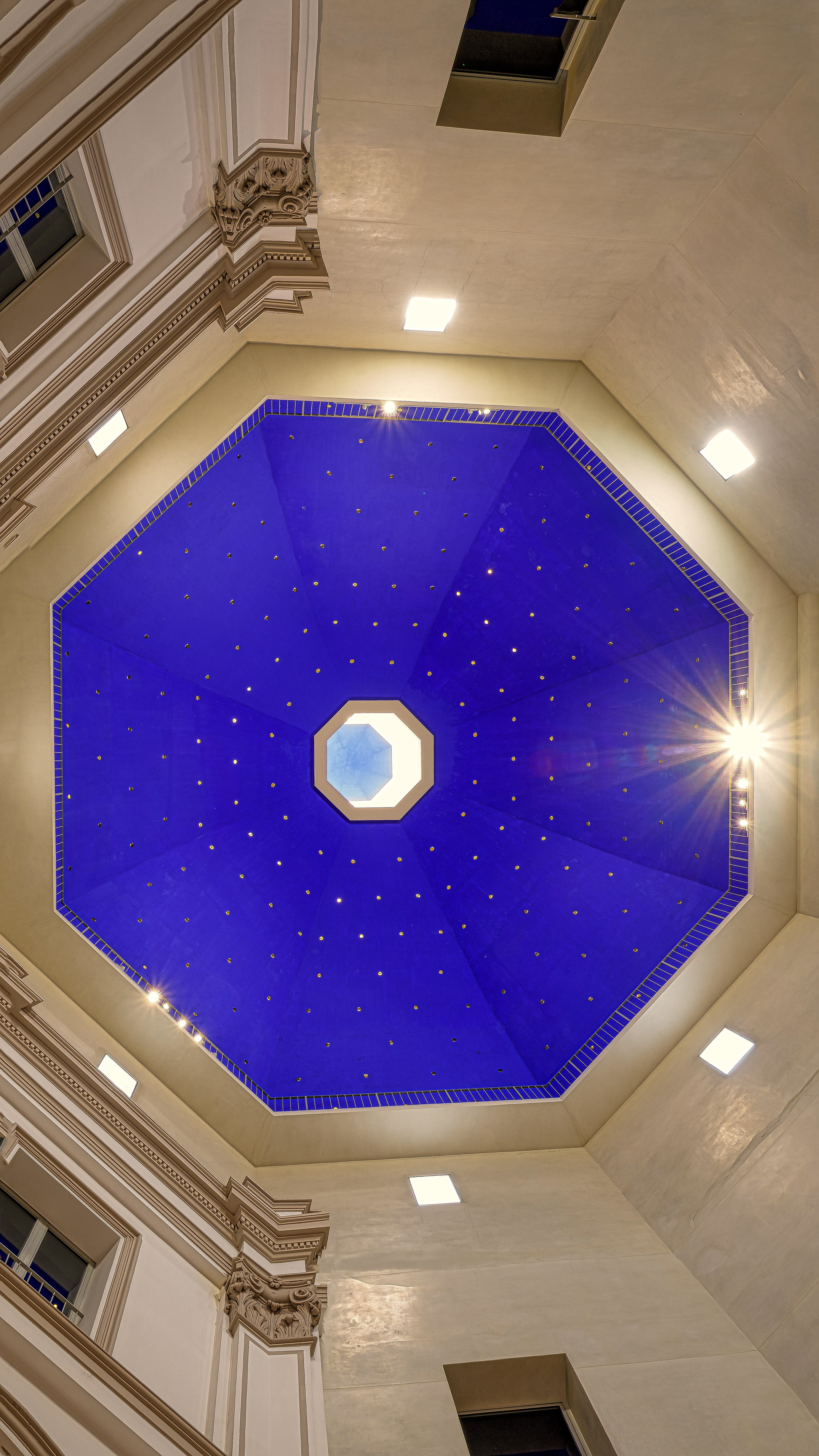


El interior del vestíbulo recupera la tradicional decoración de la cúpula de estrellas sobre un fondo azul.
The interior of the lobby recovers the traditional decoration of the dome of stars on a blue background.
Esculturas de Mariano Benlliure y Gil y Ignacio Pinazo Martínez
Sculptures by Mariano Benlliure y Gil and Ignacio Pinazo Martínez

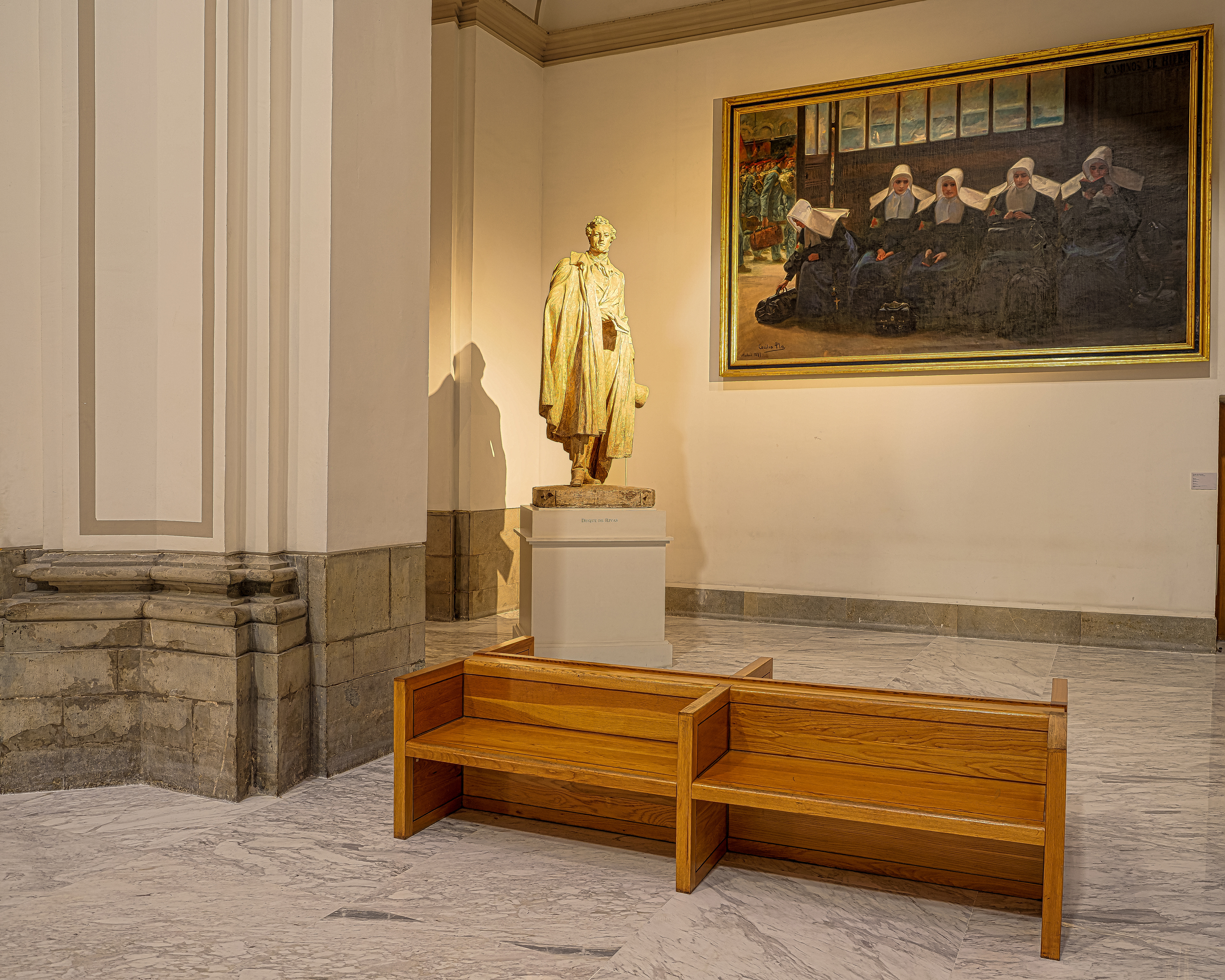

Escultura del duque de Rivas 1929, Mariano Benlliure y Gil
Mariano Benlliure y Gil nació en El Grao, Valencia, en 1862 y fallece en Madrid en 1947
Se traslada a Madrid en 1876, donde participará en las Exposiciones Nacionales de Bellas Artes y donde alcanzará renombre, con buena acogida por parte de la crítica que le llevará a ser uno de los artistas más influyentes de su época.
Se traslada a Madrid en 1876, donde participará en las Exposiciones Nacionales de Bellas Artes y donde alcanzará renombre, con buena acogida por parte de la crítica que le llevará a ser uno de los artistas más influyentes de su época.
Sculpture of the Duke of Rivas 1929, Mariano Benlliure y Gil
Mariano Benlliure y Gil was born in El Grao, Valencia, in 1862 and died in Madrid in 1947
He moved to Madrid in 1876, where he will participate in the National Fine Arts Exhibitions and where he will achieve renown, with a good reception from critics that will lead him to be one of the most influential artists of his time.
Mariano Benlliure y Gil was born in El Grao, Valencia, in 1862 and died in Madrid in 1947
He moved to Madrid in 1876, where he will participate in the National Fine Arts Exhibitions and where he will achieve renown, with a good reception from critics that will lead him to be one of the most influential artists of his time.
Mujer
Ignacio Pinazo Martínez (1883-1970)
Representa a una mujer desnuda sentada elegantemente en una estructura de piedra cubierta con una tela que crea ampulosos pliegues. Curiosamente, lo que parece ser el frente de la escultura es en realidad la parte trasera, así que la escultura se ha dispuesto de tal manera que la espalda y el leve giro de la cara conforman el frente principal.
Esta disposición está basada en fotografías antiguas en las que aparecía el autor con la obra de esta manera o con el hecho de que el boceto que se localiza en la Casa-Museo Pinazo de Godella siempre estuviera en esta posición.
Pinazo, en esta escultura investiga el clasicismo de raíces griegas, tanto en el estudio del desnudo femenino como en el estudio de las telas. La obra también tiene una deuda más que evidente con la ‘Venus Victoriosa' (retrato de Paulina Bonaparte) de Canova que, sin duda, Pinazo Martínez descubrió en la Galería Borghese de Roma.
Woman
Ignacio Pinazo Martínez (1883-1970)
Ignacio Pinazo Martínez (1883-1970)
It depicts a nude woman elegantly seated on a stone structure covered with a fabric that creates wide folds. Interestingly, what appears to be the front of the sculpture is actually the back, so the sculpture has been arranged in such a way that the back and the slight twist of the face make up the main front.
This arrangement is based on old photographs in which the author appeared with the work in this way or with the fact that the sketch that is located in the Casa-Museo Pinazo de Godella was always in this position.
Pinazo, in this sculpture investigates the classicism of Greek roots, both in the study of the female nude and in the study of fabrics. The work also owes a more than evident debt to Canova's 'Victorious Venus' (portrait of Paulina Bonaparte), which Pinazo Martínez undoubtedly discovered in the Borghese Gallery in Rome.
This arrangement is based on old photographs in which the author appeared with the work in this way or with the fact that the sketch that is located in the Casa-Museo Pinazo de Godella was always in this position.
Pinazo, in this sculpture investigates the classicism of Greek roots, both in the study of the female nude and in the study of fabrics. The work also owes a more than evident debt to Canova's 'Victorious Venus' (portrait of Paulina Bonaparte), which Pinazo Martínez undoubtedly discovered in the Borghese Gallery in Rome.
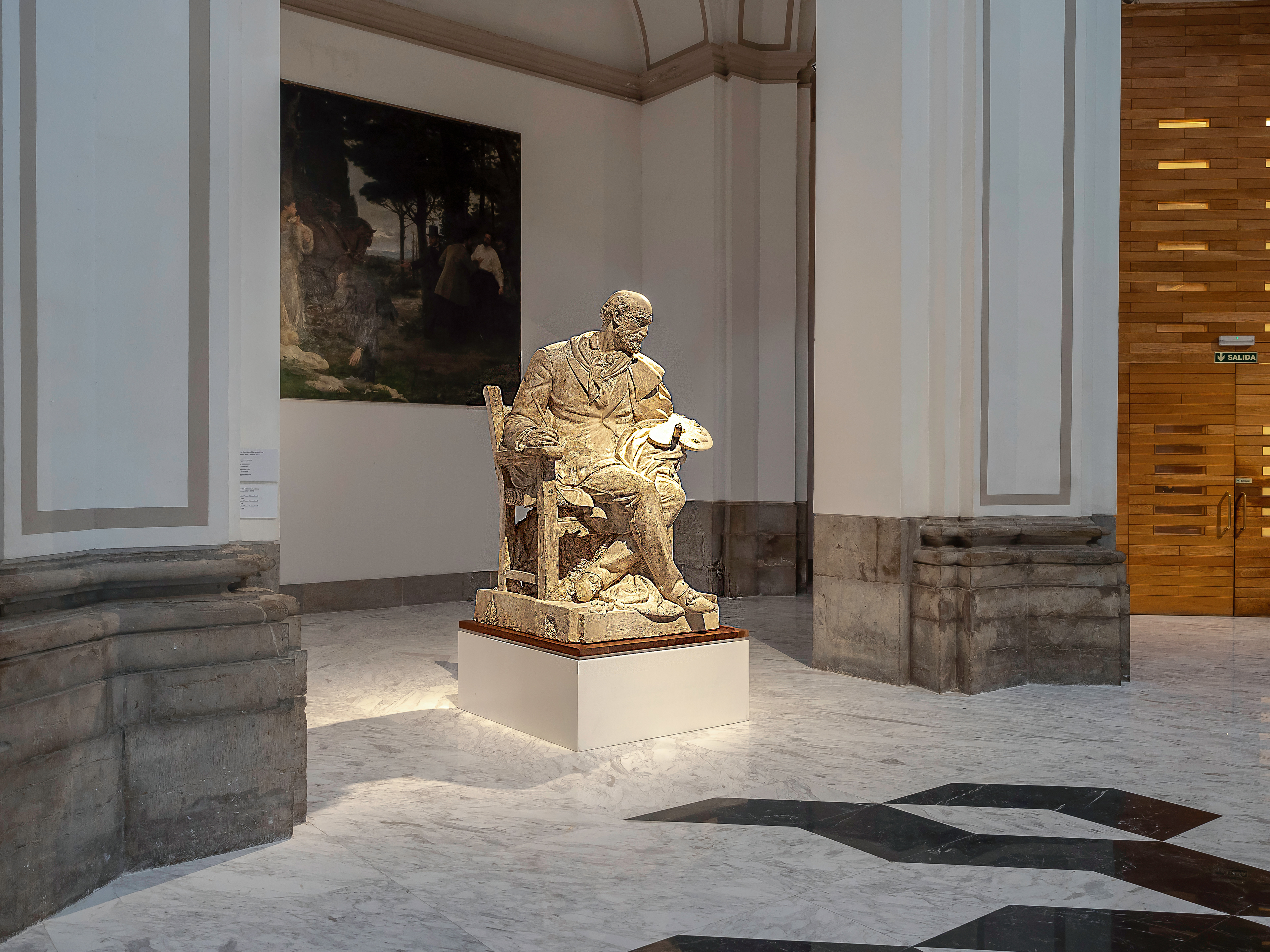

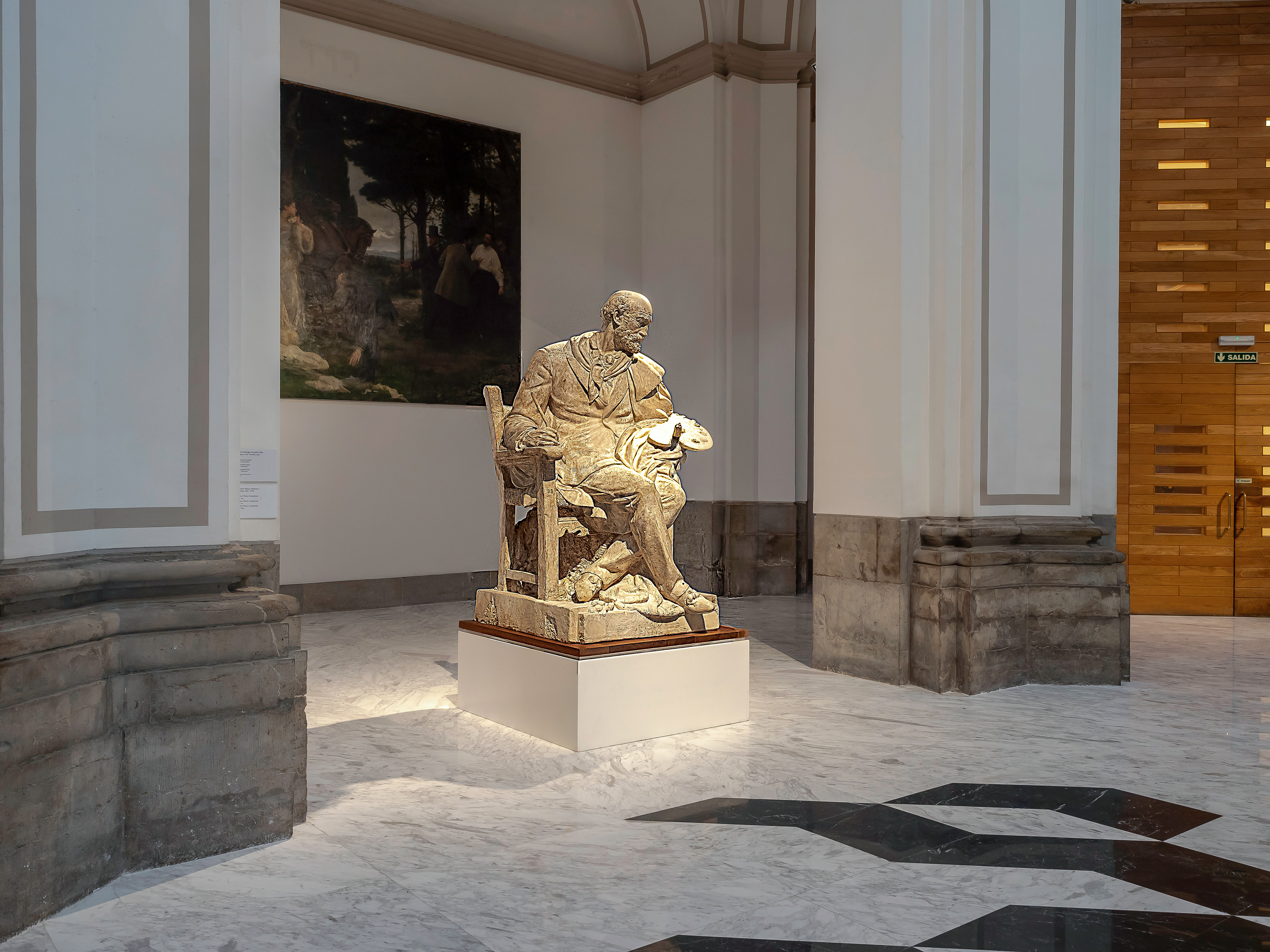
Ignacio Pinazo Camarlench
Ignacio Pinazo Martínez (1883-1970)
Escultura en yeso original que sirvió de modelo a Ignacio Pinazo Martínez para el monumento a su padre, el pintor Ignacio Pinazo Camarlench, inaugurado en 1949
y ubicado junto a los Jardines de la Glorieta, en la ciudad de València.
Tras ser dañado este monumento irremediablemente durante la Guerra Civil,
Pinazo Martínez propuso al Ayuntamiento de València reponer la estatua de su padre utilizando mármol blanco y abaratando al máximo su coste, como queda reflejado en algunos documentos: "no he tenido más propósito que su sencillez y buscando por tanto su poco coste... por eso no tiene ni una moldura ni media caña ni adorno alguno"
Ignacio Pinazo Camarlench
Ignacio Pinazo Martínez (1883-1970)
Ignacio Pinazo Martínez (1883-1970)
Original plaster sculpture that served as a model for Ignacio Pinazo Martínez for the monument to his father, the painter Ignacio Pinazo Camarlench, inaugurated in 1949
and located next to the Gardens of the Glorieta, in the city of València.
After this monument was irreparably damaged during the Civil War,
Pinazo Martínez proposed to the Valencia City Council to replace the statue of his father using white marble and making its cost as cheap as possible, as reflected in some documents: "I have had no other purpose than its simplicity and therefore seeking its low cost ... that does not have a molding, half a cane or any decoration."
and located next to the Gardens of the Glorieta, in the city of València.
After this monument was irreparably damaged during the Civil War,
Pinazo Martínez proposed to the Valencia City Council to replace the statue of his father using white marble and making its cost as cheap as possible, as reflected in some documents: "I have had no other purpose than its simplicity and therefore seeking its low cost ... that does not have a molding, half a cane or any decoration."
Retablos y el Gótico Internacional
Las piezas de artistas valencianos de los siglos XIV y XV, hacen que el Museo,
esté especializado en pintura gótica.
Posiblemente la colección de tablas góticas de los pintores medievales llamados «primitivos valencianos» (s. XIV-XV) es la que más renombre da al
Museo de Bellas Artes de Valencia, tanto por la calidad como por el completo discurso artístico.
Altarpieces and the International Gothic
The pieces of Valencian artists of the XIV and XV centuries, make the Museum,
is specialized in gothic painting.
Possibly the collection of Gothic tables of the medieval painters called "Valencian primitives" (14th-15th centuries) is the one that most renders the
Museum of Fine Arts of Valencia, both for the quality and for the complete artistic discourse.
The pieces of Valencian artists of the XIV and XV centuries, make the Museum,
is specialized in gothic painting.
Possibly the collection of Gothic tables of the medieval painters called "Valencian primitives" (14th-15th centuries) is the one that most renders the
Museum of Fine Arts of Valencia, both for the quality and for the complete artistic discourse.
Mare de Déu al peu de la Creu y San Juan Evangelista
Mother of God at the foot of the Cross and Saint John the Evangelist
Retablo de la Virgen de la Leche (izquierda) y el Retablo de la Santa Cruz (derecha)
Altarpiece of the Virgin de la Leche (left) and the Altarpiece of the Holy Cross (right)
Retablo de los Gozos de la Virgen
Anónimo valenciano (c. 1440 – 1450)
Anónimo valenciano (c. 1440 – 1450)
Altarpiece of the Joys of the Virgin
Anonymous Valencian (c. 1440 - 1450)
Anonymous Valencian (c. 1440 - 1450)
Retablo de San Vicente Ferrer, del pintor Miguel de Prado
Miguel del Prado (1518-1537) fue un pintor renacentista español
activo en Valencia en el primer tercio del siglo XVI.
Altarpiece of San Vicente Ferrer, by the painter Miguel de Prado
Miguel del Prado (1518-1537) was a Spanish Renaissance painter
active in Valencia in the first third of the 16th century.
Miguel del Prado (1518-1537) was a Spanish Renaissance painter
active in Valencia in the first third of the 16th century.
Retablo mayor de San Jerónimo de Cotalba, Nicolás Borrás.
Nicolás Borrás Falcó (1530-Monasterio de San Jerónimo de Cotalba, 1610)
Nicolás Borrás Falcó (1530-Monasterio de San Jerónimo de Cotalba, 1610)
fue un pintor renacentista valenciano, discípulo y continuador del estilo de
Juan de Juanes.
Altarpiece of San Jerónimo de Cotalba, by Nicolás Borrás.
Nicolás Borrás Falcó (1530-Monastery of San Jerónimo de Cotalba, 1610)
He was a Valencian Renaissance painter, disciple and continuator of the style of
Juan de Juanes.
Nicolás Borrás Falcó (1530-Monastery of San Jerónimo de Cotalba, 1610)
He was a Valencian Renaissance painter, disciple and continuator of the style of
Juan de Juanes.
Pintura
(Primera Vista)
Painting
(First View)
(First View)
Martirio de San Bartolomé, de Luca Giordano (Nápoles, 1634 – 1705)
Martyrdom of Saint Bartholomew, by Luca Giordano (Naples, 1634 - 1705)
Tríptico de la Pasión
Obrador (discípulo) de Hieronymus van Aeken Bosch, ‘El Bosco'
(Hertogenbosch o Bois le Duc, c. 1450 –1516)
Triptych of the Passion
Worker (disciple) of Hieronymus van Aeken Bosch, ‘El Bosco '
(Hertogenbosch or Bois le Duc, c. 1450 –1516)
Worker (disciple) of Hieronymus van Aeken Bosch, ‘El Bosco '
(Hertogenbosch or Bois le Duc, c. 1450 –1516)
San Agustín lavando los pies a Cristo, de Bartolomé Esteban Murillo
Saint Augustine washing Christ's feet, by Bartolomé Esteban Murillo
Preparativos para la crucifixión Juan Ribalta (Madrid, ca. 1596 - València, 1628)
Preparations for the crucifixion Juan Ribalta (Madrid, ca. 1596 - València, 1628)
La Sala Ribalta
The Ribalta Room
San Juan Bautista, 'El Greco', (Doménikos Theotokópoulos 1541- 1614)
Saint John the Baptist, 'El Greco', (Doménikos Theotokópoulos 1541-1614)
Retrato de doña Joaquina Candado de Francisco de Goya
Francisco José de Goya y Lucientes (Fuendetodos, 30 de marzo de 1746-Burdeos, 16 de abril de 1828) pintor y grabador español.
Francisco José de Goya y Lucientes (Fuendetodos, 30 de marzo de 1746-Burdeos, 16 de abril de 1828) pintor y grabador español.
Portrait of Mrs. Joaquina Candado by Francisco de Goya
Francisco José de Goya y Lucientes (Fuendetodos, March 30, 1746-Bordeaux, April 16, 1828) Spanish painter and printmaker.
Francisco José de Goya y Lucientes (Fuendetodos, March 30, 1746-Bordeaux, April 16, 1828) Spanish painter and printmaker.
Autorretrato, de Diego Velázquez (Sevilla, 1599 – Madrid, 1660).
Self-portrait, by Diego Velázquez (Seville, 1599 - Madrid, 1660).
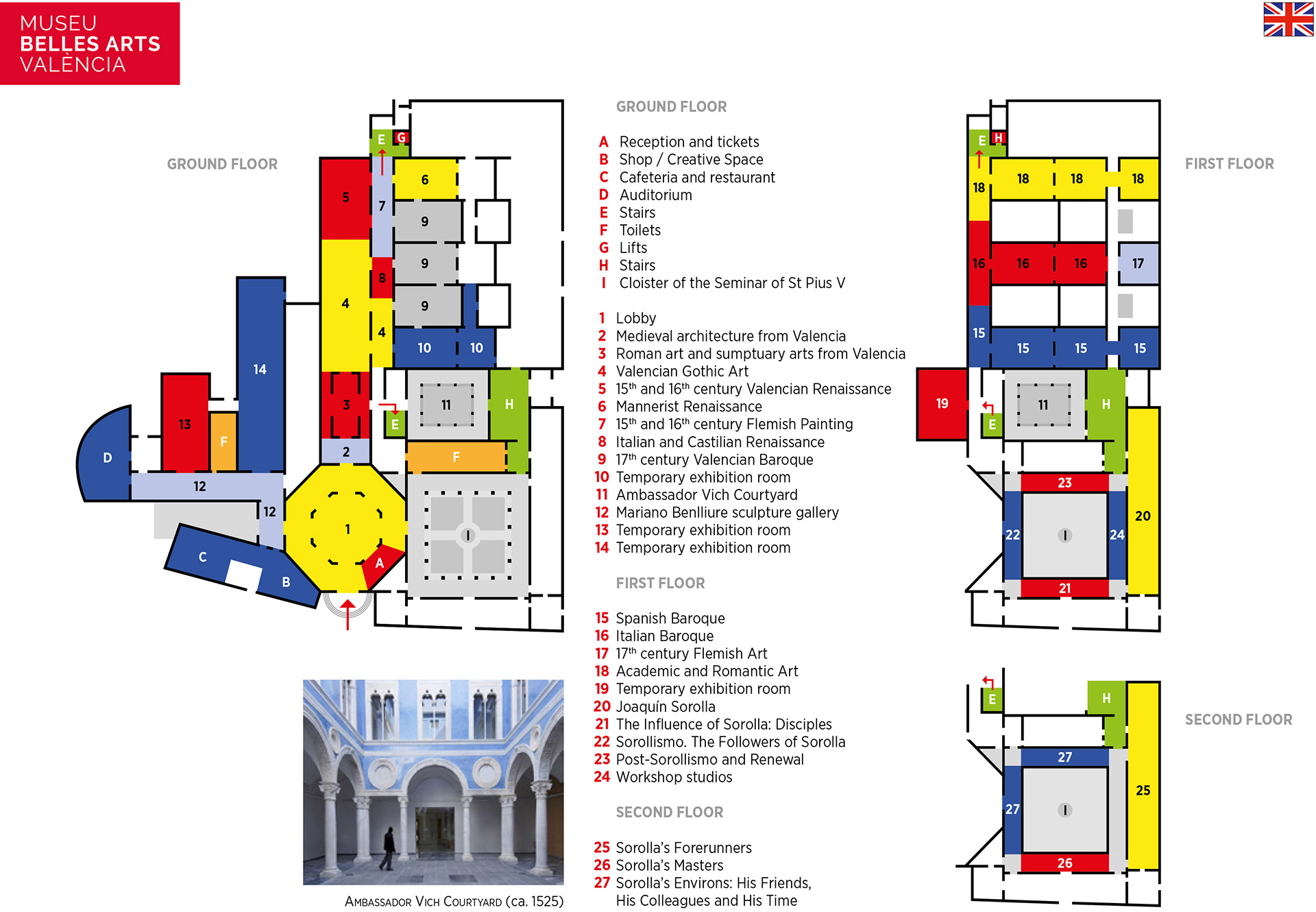
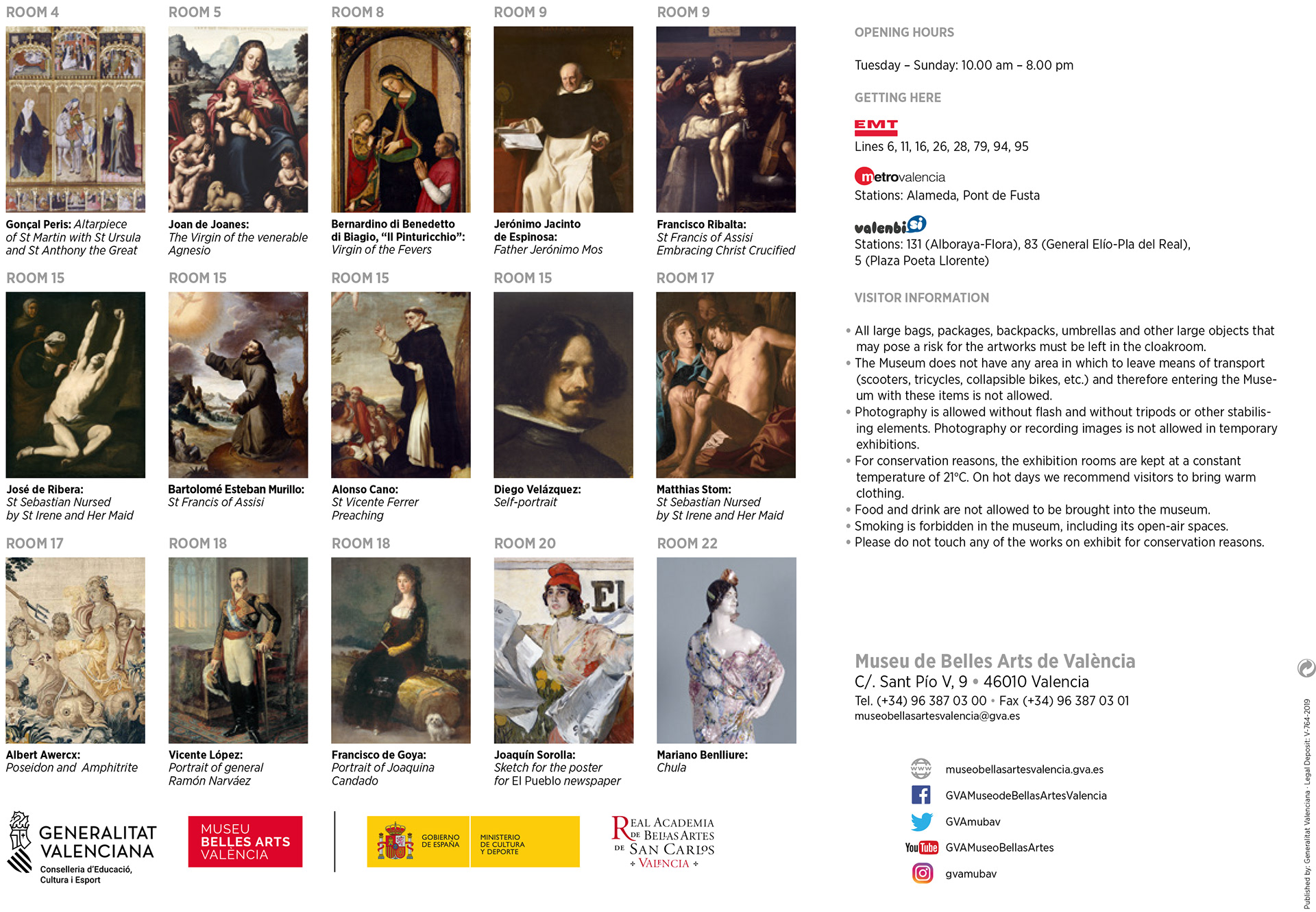
Mis más sincero agradecimiento a todos los hombres y mujeres que trabajan en el Museo de Bellas Artes de Valencia.
A la Dirección del Museo de Bellas Artes de Valencia.
Al Jefe de Relaciones Sociales y Protocolo del Museo de Bellas Artes de Valencia.
A los conservadores, documentadores, restauradores, biblioteca,
y a los guías que, cumpliendo con las medidas sanitarias más seguras, acercan este patrimonio hasta nosotros.
Muchas gracias al equipo de seguridad del Museo de Bellas Artes de Valencia,
por preservar todo este magnifico patrimonio.
A todos los que allí trabajan, para acercarnos el arte en su mejor expresión posible
y por ser los relatores de la historia del arte.
Gracias chicos,
My most sincere thanks to all the men and women who work at the Museum of Fine Arts in Valencia.
To The Museum Management of Fine Arts in Valencia.
To the Head of Social Relations and Protocol of the Museum of Fine Arts of Valencia.
To conservators, documentaries, restaurateurs, library,
and to the guides who, complying with the safest sanitary measures, bring this heritage to us.
Thank you very much to the security team of the Museum of Fine Arts of Valencia,
To The Museum Management of Fine Arts in Valencia.
To the Head of Social Relations and Protocol of the Museum of Fine Arts of Valencia.
To conservators, documentaries, restaurateurs, library,
and to the guides who, complying with the safest sanitary measures, bring this heritage to us.
Thank you very much to the security team of the Museum of Fine Arts of Valencia,
for preserving all this magnificent heritage.
To all those who work, to approach art in its best possible expression and for being the rapporteurs of art history.
Thanks guys,
Thanks guys,



